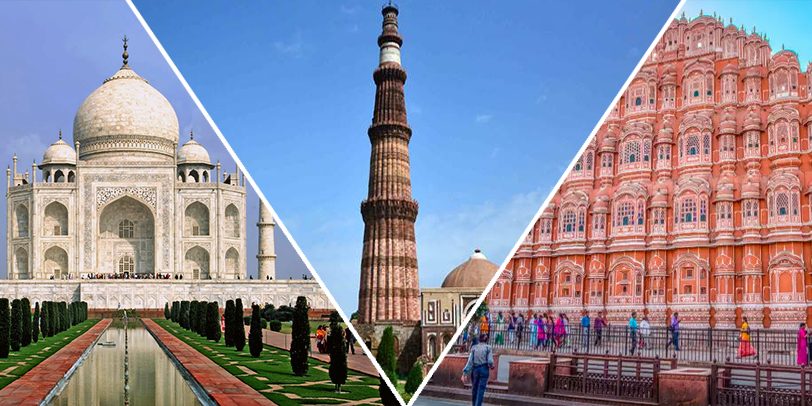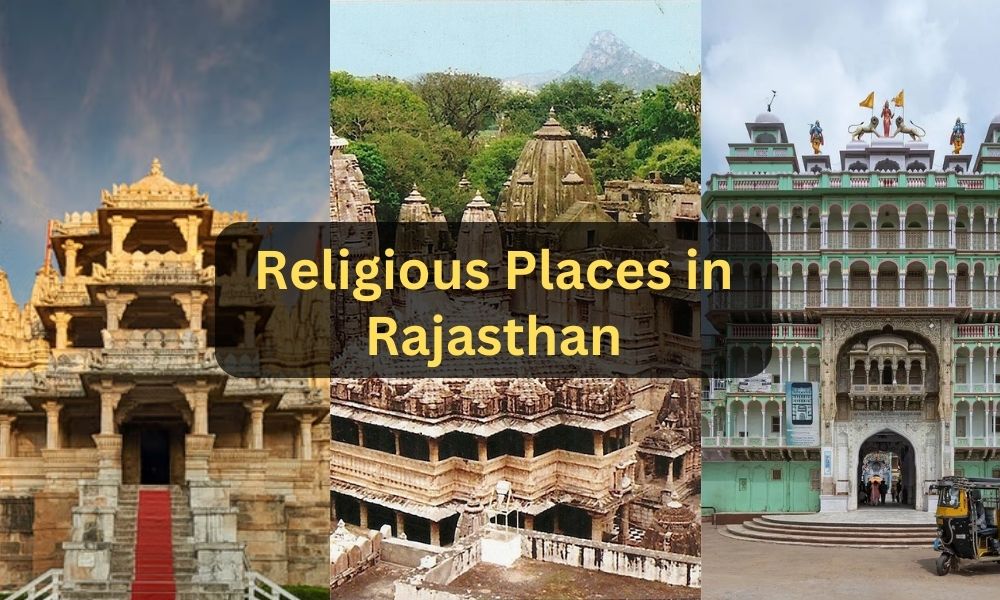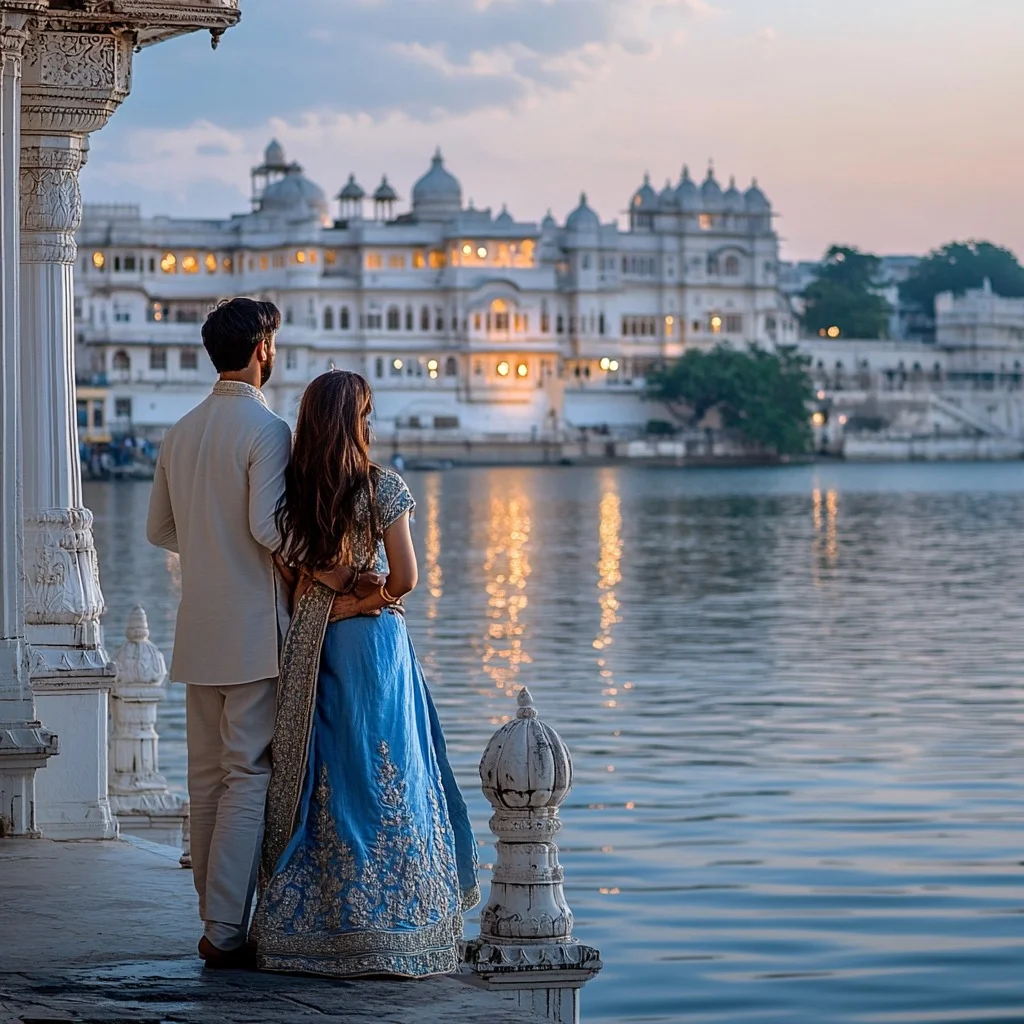A Cultural Odyssey: Discover India’s Soul on the Golden Triangle Tour

The Golden Triangle Tour is one of the most fascinating travel routes in India, covering Delhi, Agra, and Jaipur. These three cities provide a deep insight into the cultural, historical, and architectural heritage of the country. As one explores these destinations, they witness a fusion of traditions, religions, cuisines, and artistic expressions that define India’s soul.
This journey is more than just a sightseeing experience; it is an odyssey into the cultural heart of India. The intricate designs of the monuments, the vibrant streets, the diverse culinary delights, and the centuries-old traditions come together to narrate the story of an ancient civilization that continues to thrive.
Understanding the Golden Triangle Tour
1. What is the Golden Triangle Tour?
The Golden Triangle refers to the triangular route connecting Delhi, Agra, and Jaipur on the map. It is named so because these cities form a strategic triangle that encapsulates the essence of North India.
Each city has its unique cultural identity:
-
Delhi represents the dynamic blend of the past and the present.
-
Agra showcases the grandeur of the Mughal era.
-
Jaipur is a testament to the opulence of the Rajput kings.
A journey through the Golden Triangle offers an authentic look into India’s diverse traditions, spirituality, and artistic brilliance.
Delhi: A City of Contrasts
Delhi, the capital of India, is where history meets modernity. The city is divided into two parts—Old Delhi and New Delhi—each representing different eras.
1. Historical and Cultural Landmarks in Delhi
-
Red Fort – A UNESCO World Heritage Site built by Emperor Shah Jahan in the 17th century.
-
Jama Masjid – One of the largest mosques in India, reflecting Mughal architecture.
-
Qutub Minar – A towering minaret that represents the beginning of Islamic rule in India.
-
Humayun’s Tomb – The inspiration behind the Taj Mahal, showcasing Persian and Mughal architecture.
-
India Gate – A war memorial dedicated to Indian soldiers.
2. Cultural Experiences in Delhi
-
Food: Try street delicacies like chaat, kebabs, and butter chicken at Chandni Chowk.
-
Markets: Explore Dilli Haat for handcrafted textiles, jewelry, and regional cuisine.
-
Festivals: Witness grand celebrations during Diwali and Holi, where the city comes alive with lights and colors.
Delhi is a melting pot of cultures, reflecting influences from Mughal, British, and contemporary Indian traditions.
Agra: A Symbol of Love and Legacy
Agra is synonymous with the Taj Mahal, but its cultural significance extends far beyond this magnificent structure. The city was once the capital of the Mughal Empire, leaving behind a legacy of extraordinary architectural wonders.
1. Architectural Marvels of Agra
-
Taj Mahal – A UNESCO-listed masterpiece built by Shah Jahan as a symbol of eternal love.
-
Agra Fort – A massive red sandstone fortress that served as a royal residence.
-
Fatehpur Sikri – An abandoned Mughal city known for its intricate palaces and mosques.
-
Itimad-ud-Daulah’s Tomb – Often called the “Baby Taj” for its resemblance to the Taj Mahal.
2. Cultural and Artistic Heritage of Agra
-
Marble Inlay Work: The artisans of Agra specialize in creating delicate designs using marble, similar to the Taj Mahal’s detailing.
-
Mughlai Cuisine: Dishes like biryani, kebabs, and petha are deeply rooted in Agra’s culinary traditions.
-
Handicrafts: The bustling bazaars of Agra offer exquisite handwoven carpets, leather goods, and miniature Taj Mahal replicas.
The city’s rich Mughal heritage is evident in its art, food, and way of life, making Agra an essential stop on the Golden Triangle Tour.
Jaipur: The Royal Capital of Rajasthan
Jaipur, known as the Pink City, is the final destination in the Golden Triangle Tour. This city is famous for its forts, palaces, vibrant markets, and deep-rooted traditions.
1. Majestic Forts and Palaces
-
Hawa Mahal – The iconic “Palace of Winds” with its 953 windows.
-
Amber Fort – A stunning fort built on a hilltop, showcasing Rajput architecture.
-
City Palace – A magnificent palace that still serves as the royal family’s residence.
-
Jantar Mantar – An 18th-century astronomical observatory with large stone instruments.
2. Cultural Highlights of Jaipur
-
Rajasthani Folk Dance and Music: Performances like Ghoomar and Kalbeliya reflect the vibrant traditions of Rajasthan.
-
Block Printing and Blue Pottery: Jaipur is famous for its handcrafted textiles and unique blue pottery.
-
Jaipur’s Street Markets: Johari Bazaar and Bapu Bazaar are ideal places to shop for gemstones, fabrics, and handicrafts.
Jaipur offers an immersive experience of Rajput heritage, blending royal traditions with modern-day vibrancy.
Spiritual and Religious Diversity in the Golden Triangle
The Golden Triangle is not just a historical and architectural journey but also a spiritual one. Different religions and beliefs have coexisted in this region for centuries.
1. Hinduism and Its Influence
-
Temples like Birla Mandir in Jaipur and Akshardham in Delhi reflect the spiritual essence of Hinduism.
-
Rituals such as aarti (prayer ceremonies) at temples offer an insight into the religious devotion of the people.
2. Islamic Traditions
-
The Jama Masjid in Delhi and Taj Mahal in Agra highlight the artistic and cultural contributions of Islam.
-
Festivals like Eid bring the streets of Old Delhi to life with feasts and prayers.
3. Sikhism and Community Service
-
Gurudwara Bangla Sahib in Delhi is known for its langar (community kitchen), where thousands are fed daily, promoting equality and service.
Traditional Indian Cuisine on the Golden Triangle Tour
One of the most exciting aspects of the Golden Triangle Tour is the chance to explore India’s rich culinary heritage.
-
Delhi: Enjoy parathas, butter chicken, and street food delights in Chandni Chowk.
-
Agra: Indulge in Mughlai cuisine, especially biryani and kebabs.
-
Jaipur: Try dal baati churma, ghewar, and kachoris, signature Rajasthani dishes.
Each city has its distinctive flavors, making food an essential part of the cultural exploration.
Best Time to Experience the Golden Triangle
The best time to embark on the Golden Triangle Tour is between October and March, when the weather is pleasant and ideal for sightseeing.
-
Winter (November – February): Cool temperatures make it the perfect season for exploration.
-
Summer (April – June): The heat can be intense, especially in Rajasthan.
-
Monsoon (July – September): Rain showers bring a unique charm to the historical monuments.
Conclusion
The Golden Triangle Tour is a cultural odyssey that unravels the soul of India. From the bustling streets of Delhi to the architectural splendor of Agra and the royal grandeur of Jaipur, this journey showcases the heart and heritage of India.
For an unforgettable experience, explore this iconic route and Reserva Viajes del Triángulo de Oro en India. If you’re looking for a complete itinerary, check out the Paquetes de Viaje a la India desde México for a well-planned journey.







